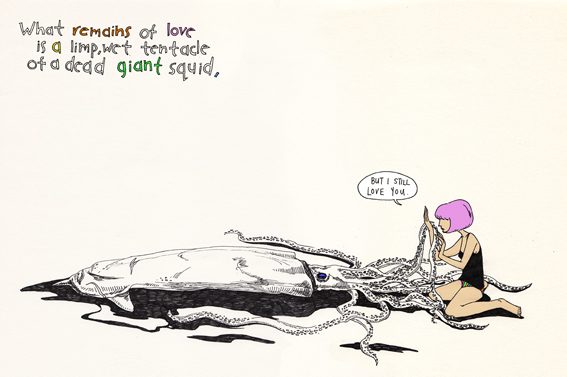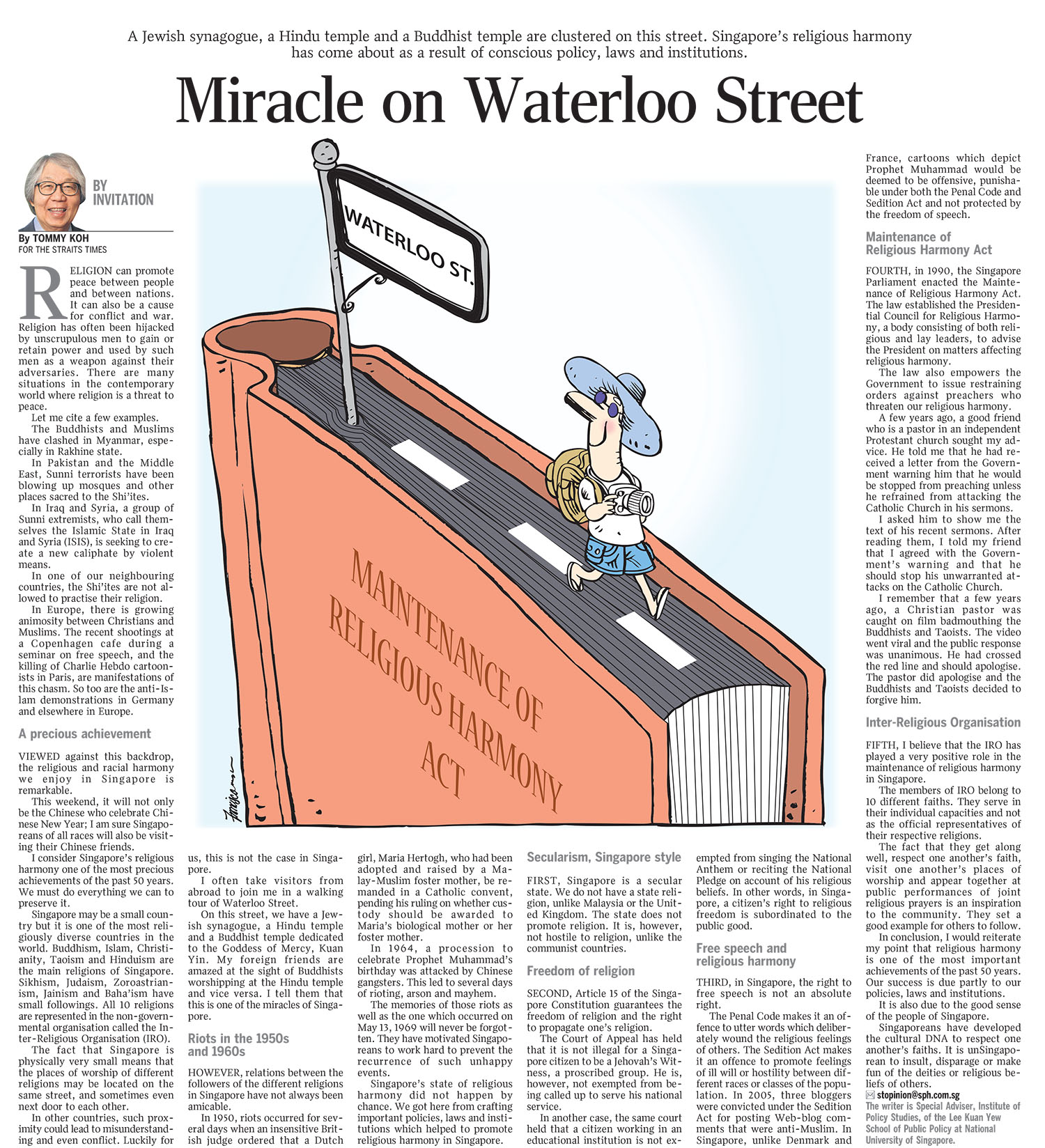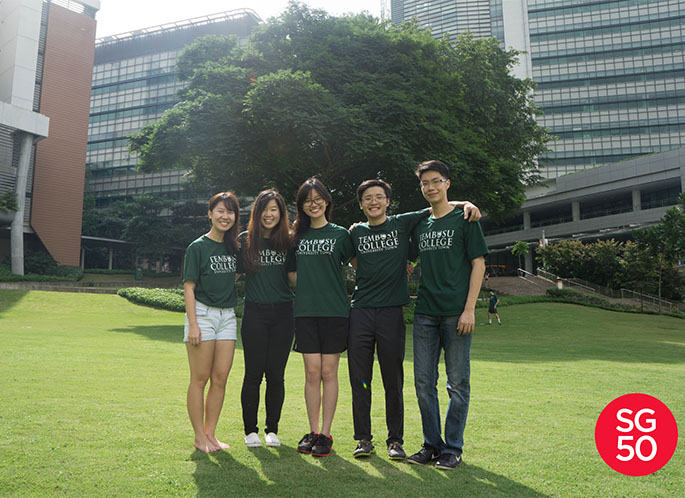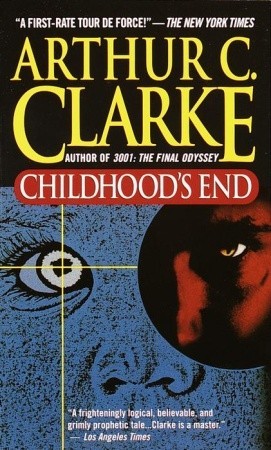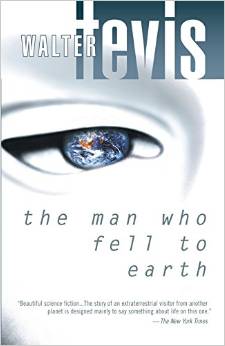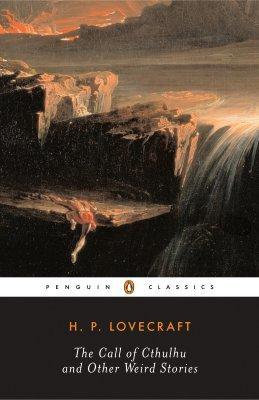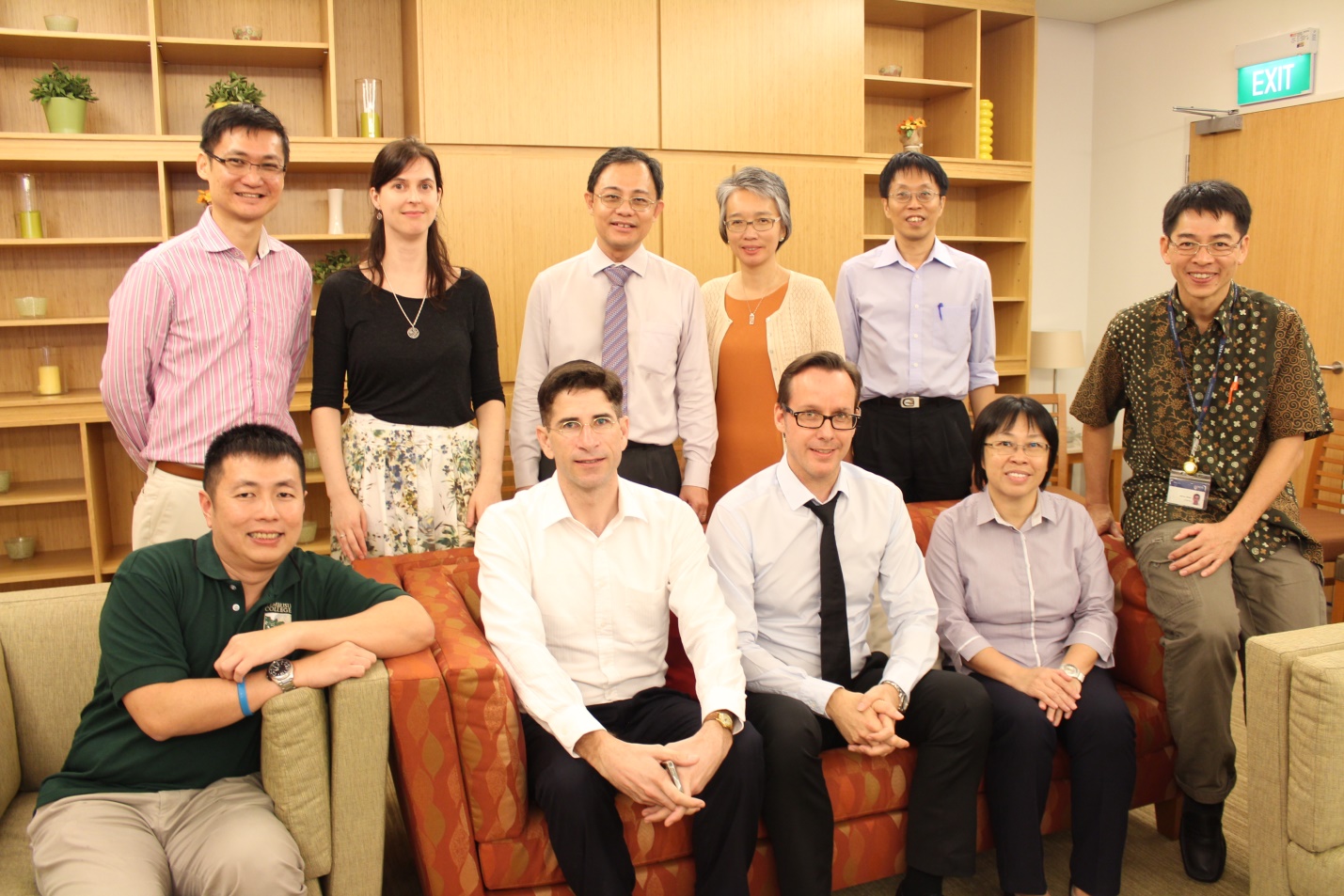Salutations
President Arnoud de Meyer, Dean James Tang, Professor Amitav Acharya, Professor Thomas Volgy, Professor Jacqueline Braveboy-Wagner, Ladies and Gentlemen.
2 I join Arnoud and James in welcoming the members of the International Studies Association to Singapore. Founded in 1959, the ISA has over 6,000 members and is regarded as the premier organisation for scholars and practitioners in the field of international studies. You do us honour by holding your meeting in Singapore.
3 I would like to congratulate my good friend, Professor Amitav Acharya, for being the first Asian to have been elected as the President of ISA. I thank Amitav for inviting me to speak to you. I tried to convince him that I am not qualified to speak to this learned community but he would not take no for an answer.
Two Anniversaries
4 I would like to explain why I have chosen to speak on the topic: Will There Be Peace in Asia? War and Peace have been on my mind recently because in 2014, we commemorated the 100th anniversary of the outbreak of World War I. An old book, The Guns of August, and a new book, The Sleepwalkers, provided much food for thought. The two big lessons I have learnt from WWI are that, one, economic inter-dependence is not a guarantee of peace and two, we must never underestimate man’s capacity for irrationality. This year, we mark the 70th anniversary of the end of World War II.
5 Asia is living in a golden moment of history. After decades and centuries of stagnation and regress, the region is on the rise. Inspired by the success of Japan, other Asian countries and economies have grown and are growing rapidly. South Korea, Taiwan, Hong Kong and Singapore have already caught up with the OECD countries. ASEAN, China and India are determined to complete their journeys to become developed and modern countries.
6 Asia’s prospects are good. However, this is predicated on one essential condition – peace. If peace is replaced by war and conflict, Asia’s rise would be scuttled. Without peace, economic development and nation-building would be difficult, if not possible.
Threats To Peace
7 What are the potential threats to peace in Asia? I have identified the following six potential hot spots:
(i) The Korean peninsula
(ii) India and Pakistan
(iii) India and China
(iv) China and Japan
(v) The South China Sea
(vi) China and USA
The Korean Peninsula
8 The situation on the Korean peninsula is inherently unstable. This is due to the unpredictable nature of the North Korean regime, the fact that it has both nuclear weapons and ballistic missiles and the fact that Pyongyang needs an external enemy in order to unite the people to support the Kim regime. China seems to be frustrated with its North Korean ally but does not seem to have the leverage to influence its behaviour. Rebuffed by China, Kim has turned to Russia for protection and support. The Six Party Talks has been suspended and there are currently no plans to resume them. The recent exchange of new year greetings between the leaders of North and South Korea is a small but positive development. I expect the Korean peninsula to be peaceful in 2015.
Will India and Pakistan Live in Peace?
9 Although 68 years have passed since the partition of British-administered India into two states, India and Pakistan, the wounds of that bitter partition have not healed. The dispute over Kashmir continues to rankle and pose an obstacle to win-win cooperation between them. Pakistan is politically fragile and faces a growing threat from the Pakistani Taliban. The fact that both India and Pakistan possess nuclear weapons makes a conflict between them more dangerous but also less likely because the stakes are so high. The new Prime Minister of India, Narendra Modi, is focused on India’s accelerated development. He wants peace with all his neighbours, as was shown by his gesture of inviting their leaders to his inauguration. I believe that Prime Minister Nawaz Sharif of Pakistan wants the same thing for his country.
Will China and India Rise Together?
10 China and India have been friends for over 1,000 years. As Amartya Sen has written in his book, The Argumentative Indian, “intellectual links between China and India, stretching over much of the first millennium and beyond, were important in the history of the two countries.” For example, in the 8th century, the Chinese Emperor appointed an Indian scientist, Gautama Siddhartha (Qutan Sida) as the President of the Chinese Board of Astronomy.
11 In the 1950s, relations between China and India were very good. PM Nehru had extended India’s hand of friendship to China, at a time when it was being treated as a pariah by the West. When Premier Zhou En Lai visited New Delhi, he was greeted by banners proclaiming that Chinese and Indians were brothers.
12 The 1962 border conflict between China and India had unfortunately put an end to the era of good relations between them. There is a deficit of trust between them as well as serious problems concerning their borders, water, trade and Tibet. However, they share many more convergent than divergent interests. The world is big enough to accommodate a rising China and a rising India. There is no reason for them to engage in a zero sum competition.
China-Japan Ties
13 I would like to put the current disagreement between China and Japan over Senkaku/Diaoyu in perspective. Relations between China and Japan go back 2,000 years. With four exceptions, they have lived at peace with each other. The two countries are geographically neighbours, share many historical and cultural affinities and are economically inter-dependent. For example, China is Japan’s largest trading partner. Until two years ago, Japan was China’s largest foreign investor. Economically, Japan needs China and China needs Japan. It is logical for them to cooperate and illogical for them to treat each other as adversaries.
15 However, logic and reason do not always prevail in relations between states. The relations between China and Japan are burdened by history and rising nationalism on both sides. I would, however, remind the two countries that from 1972 until about 2012, a period of 40 years, the two countries were able to put aside their differences and focused on a positive agenda. I wish to recall that on 7 May 2008, President Hu Jintao of China and Prime Minister Yasuo Fukuda of Japan issued a joint statement, pledging to turn the East China Sea, into a sea of peace, friendship and cooperation.
16. After a hiatus of over two years, the leaders of China and Japan, met in Beijing, in November 2014, on the side-lines of the APEC Summit. The two leaders agreed to improve their bilateral relations and eschew the path of confrontation. We should see a gradual improvement in their relations in 2015.
South China Sea
17. Relations between China and Southeast Asia/ASEAN are strong, multi-dimentional and mutually beneficial. There is, however, one issue, the South China Sea, which could disrupt this happy state of affairs. China and 4 ASEAN countries, Brunei, Malaysia, Philippines and Vietnam have territorial disputes in the South China Sea. In 2002, ASEAN and China signed a Declaration of Conduct on the South China Sea. The two sides are currently negotiating a binding Code of Conduct but progress has been extremely slow. In the meantime, the Philippines has invoked its rights under the 1982 UN Convention on the Law of the Sea (UNCLOS) and instituted arbitral proceedings against China. China has refused to participate in those proceedings on the ground that the arbitral tribunal lacks jurisdiction. Vietnam has recently submitted a statement to the Arbitral Tribunal.
18. The South China Sea disputes involve complicated questions of law, history and power. ASEAN, as a group, does not take sides on the merits of the disputes. ASEAN is, however, united on the stand that these disputes must be resolved peacefully and on the basis of international law, including UNCLOS.
China-US Relations
19. The most important bilateral relationship is that between China and the United States. Although the two countries engage each other, in regular dialogue, at different levels, there is an enormous deficit of trust between them. For this reason, and because of their historical and cultural differences, they do not understand each other and misread each other’s intentions.
20. For example, the Chinese interprete President Barack Obama’s pivot to Asia or rebalancing to Asia, as a disguised form of containment. The Chinese believe that their problems with their neighbours are due to American machinations.
21. The US, on the other hand, suspects that the Chinese agenda is to reduce US influence and leadership in the region, in the short term and to oust her from the region, in the long-term. The Americans perceive China’s activities as an attempt to create a Chinese sphere of influence and to impose Pax Sinica on her neighbours.
22. Can the incumbent superpower and the rising power live at peace with each other? That is the critical question for us to ponder. History is not helpful because one study by Harvard University showed that in a majority of such cases, war was the consequence. War is, however, not inevitable. I believe that President Obama and President Xi are determined to find a peaceful path forward.
CONCLUSION
23. I shall conclude. Many countries and peoples in Asia will be celebrating the lunar new year on the 19th February. The new year is the Year of the Sheep, a symbol of peace. As an optimist, I believe that Asia will be at peace in the Year of the Sheep.
. . . . . .




